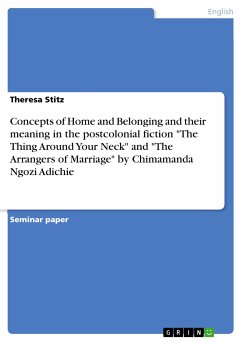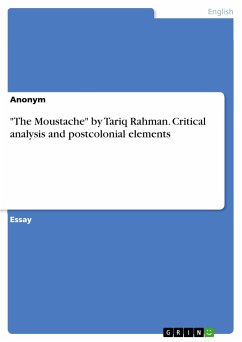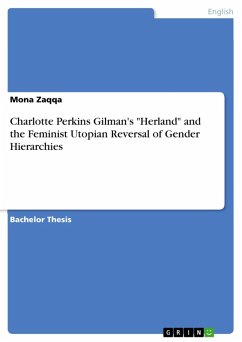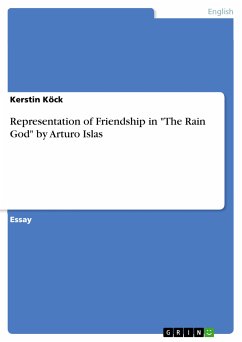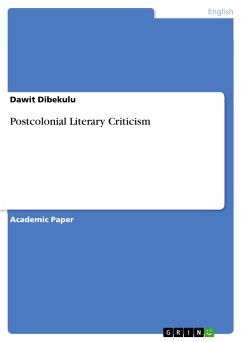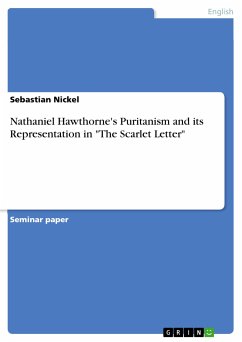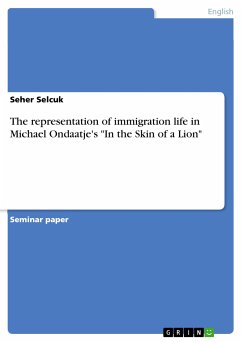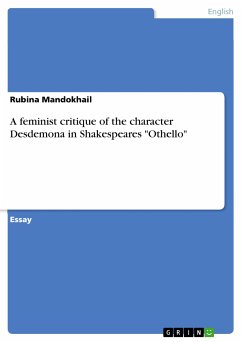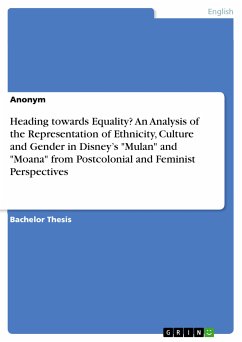
Heading towards Equality? An Analysis of the Representation of Ethnicity, Culture and Gender in Disney's "Mulan" and "Moana" from Postcolonial and Feminist Perspectives (eBook, PDF)

PAYBACK Punkte
0 °P sammeln!
Bachelor Thesis from the year 2019 in the subject English Language and Literature Studies - Literature, grade: 1,0, University of Bonn, language: English, abstract: This paper aims to point out how the authenticity of Disney's depiction of cultures differing from white American culture in Mulan and Moana can influence the perception of represented cultures by analysing raised criticism with respect to the postcolonial concepts of white supremacy, othering and cultural appropriation. At the same time it shall be shown if, by means of Mulan and Moana, Disney manages to promote gender equality wi...
Bachelor Thesis from the year 2019 in the subject English Language and Literature Studies - Literature, grade: 1,0, University of Bonn, language: English, abstract: This paper aims to point out how the authenticity of Disney's depiction of cultures differing from white American culture in Mulan and Moana can influence the perception of represented cultures by analysing raised criticism with respect to the postcolonial concepts of white supremacy, othering and cultural appropriation. At the same time it shall be shown if, by means of Mulan and Moana, Disney manages to promote gender equality with its representation of male and female roles in both films by examining it from a feminist perspective. In order to do so, this paper subdivides into four main parts. The following chapter will offer a brief introduction to feminist theory and gender roles by focusing on feminist theory and intersectionality, the role of women as members of society and family and the representation of women in media. The third chapter will concentrate on the representation of cultures and ethnicities in media and take a look at postcolonial concepts in order to critically analyse the authenticity of the representation of Chinese and Polynesian culture through an American film studio. Chapter four, the first part of the actual analysis, will be provided in three subchapters dealing with aspects of gendered representation. Thereafter, the fifth chapter will scrutinise the authenticity of cultural representations in the two films with the aim of pointing out what has improved and what aspects still require closer research by Disney. The final chapter will then synthesise the findings to draw a comparison of the two movies and find out how the representations of gender, culture and ethnicity in Disney movies have changed from 1998 to 2016. This shall offer a conclusion about the authenticity of the cultural representation and portrayal of gender roles for each movie.
Dieser Download kann aus rechtlichen Gründen nur mit Rechnungsadresse in A, B, BG, CY, CZ, D, DK, EW, E, FIN, F, GR, HR, H, IRL, I, LT, L, LR, M, NL, PL, P, R, S, SLO, SK ausgeliefert werden.






